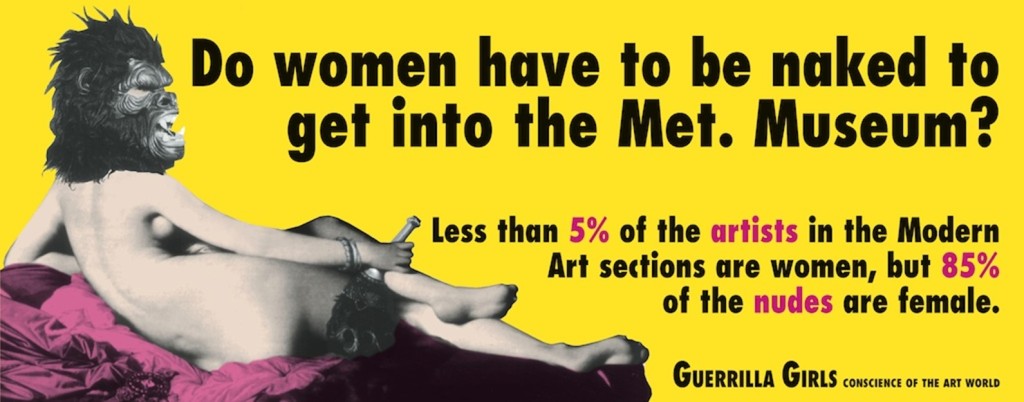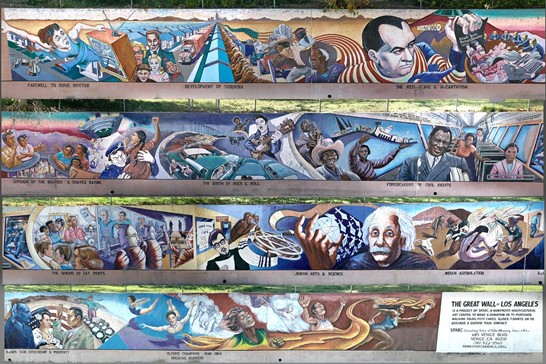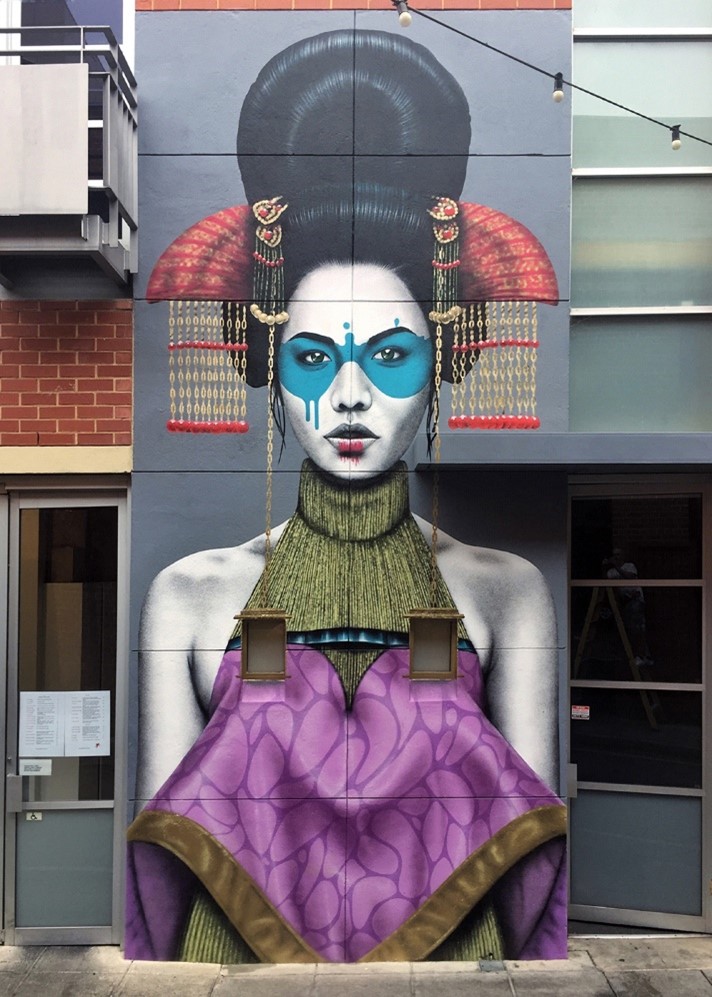The first module of my Masters Degree was focused on academic research and critical analysis, and I had to produce a 2000 word literature review on concepts of my choosing. The learning outcomes were as follows; ‘Demonstrate research skills exploring current literature through a variety of research-based platforms’; ‘Critically evaluate key sources of information in relation to established research techniques, findings, reliability and validity’; and ‘Apply academic conventions and formats in the presentation of work’. In this post, I will show my literature review in full and evaluate myself and my work at the end.
“An exploration into the under-representation of female, non-white and LGBTQ+ communities within the illustration industry.”
Introduction
“When publishers and established organisations fail to engage with artists from different backgrounds, they prevent people from relating to images and seeing opportunities for themselves” (Smart, 2021). Although the art industry has come a long way in terms of diversity, more needs to be done in order to improve the representation of marginalised groups of people. Topaz et al. (2022, p.9) claim that white men dominate the sector of contemporary art by 55% and white women represent 23% of the area, this is damaging to the community as people who do not identify as part of these groups do not get the recognition or representation that they deserve. No matter their gender, race, sexuality, or any other personal identifying factors, everyone should have an equal opportunity to have their voice heard; excluding anyone in these groups could be seen as blatant prejudice and discrimination.
This review explores a range of sources covering the extent to which certain communities – female, LGBTQ+, and non-white artists – are under-represented in the industry, why challenging this is important, what the affected creators think of the lack of diversity, and what can be done from here. Another key aspect featured in this review is intersectionality, and why equity is what the industry should be striving for rather than simply equality. The review will take a traditional narrative approach, with aims to critique the findings and create a focus for future research. It will use both inductive and deductive reasoning by theorising throughout then using the found evidence to come to a conclusion. Although this study has limited the under-represented groups mentioned to female, non-white and LGBTQ+ people, it is important to note that it is not disregarding any other diverse demographics such as those with disabilities, other religions, and older people. The range is restricted simply to keep the investigation from becoming too lengthy or complicated.
Evidence of under-representation
The Guerrilla Girls are a group of art activists who expose discriminatory actions in the art industry, such as the lack of female artist representation in exhibitions. They have been producing posters, videos, exhibitions and more since 1985 all the while remaining anonymous, stating that they aim to “undermine the idea of a mainstream narrative by revealing the understory, the subtext, the overlooked, and the downright unfair” (Guerrilla Girls: Reinventing the ‘F’ Word: Feminism, n.d.). Their most recognisable work is their piece titled, ‘Do Women Have to be Naked to get into the Met. Museum?’, where, in 1989, they compared the number of female artists presented to the number of artworks including nude females in the Metropolitan Museum of Art – they have re-counted and reproduced the poster twice since, in both 2005 and 2012. These pieces are significant because they show that over the years, not much has changed; even though female nudes in the museum have decreased slightly, the number of women artists that are represented at the museum has not really improved. However, this analysis has its limitations, the Guerrilla Girls could have developed their concepts further by including statistics on the number of LGBTQ+ artists and artists of colour represented. Their evidence is extremely limited to a white, female perspective which does not explore diversity at all. Their findings might have been much more useful if they could have also investigated more than one institution.

As it has just been analysed, the Guerrilla Girls were successful in raising awareness of discriminatory actions to the general public, but they failed to evolve from their white feminist approach. An alternate, and more appropriate view is given in an article by Callihan and Feldman (2018), they suggest that a lack of diverse representation in galleries should be questioned. Moreover, when there is varied representation, how are the women, LGBTQ+ and artists of colour depicted? Are they shown as just subjects for visual pleasure or are they treated as powerful authority figures, additionally, are they the artists who create the work? This take on the inquiry of diversity is much more suitable as it takes more identifying factors into consideration, it is not only focused on one group of people. It also suggests looking into multiple galleries as well as the differing portrayals of these groups.
Discrimination such as, but not limited to, homophobia has made an impact on the way artists and their art have expressed sexuality. In her section of Crawford-Lackey and Springate’s book (2020), Tara Burk explains how despite the 1970s gay liberation movement, many LGBTQ+ artists at the time did not articulate their sexuality so openly and obviously in order to maintain some form of self-protection. The artists would come up with ways to subtly communicate their sexuality with subtext and countercultural art movements. According to an article’s statistics (Topaz et al., 2022, p.2), it is proclaimed that a study from 2019 – which investigated 18 influential museums in the United States – showed that out of around 2000 shows, only 10.9% featured black artists, 6.6% featured Asian artists, 5.5% featured Latinx artists, just 0.1% featured indigenous artists, and a meagre amount of four shows featured artists that used they/them pronouns. This study shows that white, cisgender artists dominate the industry staggeringly. Even so, the study does not take sexuality into account therefore it could still be more inclusive in its range.
Importance of challenging lack of diversity
As previously discussed, straight, white, male artists benefit so much more from art sales and opportunities than LGBTQ+, female, and non-white artists. Therefore, those who are majorly underrepresented turn to creating their own opportunities for themselves. A meeting in 1987, at the LGBT Community Centre in Manhattan, prompted the founding of the AIDS Coalition to Unleash Power otherwise known as ‘ACT UP’. The group raised awareness of the AIDS epidemic through the use of fine art, visual graphics, agitprop, protests, and exhibitions. For example, artists like Keith Haring would have his art exhibited many times, including at ‘The Centre Show’ in 1989; Haring’s work featured evident and unapologetically gay content. These acts were important because it gave LGBTQ+ artists the chance to portray their queerness in their work and exhibit it in a safe space as well as making LGBTQ+ content more accessible and normalised. An earlier example of diverse representation came from lesbian, and feminist artist, Judith Baca, who produced a large public mural in 1976 named ‘The History of California’, also known as ‘The Great Wall of Los Angeles’. The mural took influences from social justice movements of the time, and represented the histories of women, LGBTQ+ people, as well as racial minorities. On account of work like this, more LGBTQ+ artists felt safe enough to come out, therefore more LGBTQ+ art started to appear after the gay liberation movement of the 1960s and 1970s.

Progressing to the present day, artists often speak up about what diversity in the industry means to marginalised groups. Daiana Ruiz, an illustrator based in Buenos Aires, describes in Wrap magazine (2018, p.49) how she believes that everyone who has a platform should use it to express their opinions because she feels there is now a flood of fascism threatening the rights of minorities so whoever is able to fight for diversity, should do so. Adding to this, it is important to note that some may disagree with Ruiz, as there are people who do not wish to speak up on these issues in order to maintain their safety. As previously stated, the world has come a long way in terms of overcoming discrimination, nonetheless there are still people and places that show prejudice towards certain groups of people, thus said groups do not feel comfortable being so open, which is understandable. Similar to the way Ruiz focuses her artwork on gender non-conforming bodies, visual artist, Ngadi Smart (2021, p.4), notes how she mostly draws black people as well as gender-ambiguous characters in order to emphasise diverse perspectives. By doing this, Smart is speaking up for those who feel that they cannot, proving it can still be possible to fight for equality without forcing anyone to put themselves at risk.
During her interview with the artist, Dominique Fung, Jessica Ross (2020, p.91) declares that Western art and its history can be highly unreliable due to its stereotypical depictions of the East, depictions including snake charmers, geishas, and bathhouses. An example of this kind of portrayal is in, Irish artist, Fin DAC’s work – according to an episode of the Juxtapoz podcast, a large quantity of Asian women spoke up about his murals of kimono-wearing, cherry blossom surrounded, Asian girls (Gillen, 2021). There is clearly more to the Asian culture than these clichés, and when people outside of these cultures remove the context and the identity from them, the subjects are reduced to mere objects for visual pleasure and nothing more, the subjects are essentially fetishized. This is problematic as it continues the idea of Asian people – especially women – as being seen and not heard, promoting the theory of Western superiority.

Intersectionality and equity
Intersectionality can be defined as the fact that some groups face more discrimination and oppression than others depending on intersecting factors such as race, gender, sexuality, religion, or any other identifying traits. The term equity refers to the idea of being impartial with fairness rather than providing all with the same treatment or facilities. These concepts are noteworthy because recognising how distinct groups are affected differently by discrimination and acknowledging the unique needs of each group could lead to equal opportunities and representation for all. Daiana Ruiz, who was mentioned earlier, put it perfectly when she said, “one of the positive things about standing up to oppression and injustice is the knowledge that you earn during your fight” (2018, p.49), she then goes on to explain that this makes it easier to understand and relate to others who have been fighting for their rights. While challenging the lack of diversity, taking intersecting factors into consideration, knowledge can be gained regarding the oppressed groups, how they are affected, and what they think should be done to help them.
A section of the industry which is beginning to rapidly emerge with diverse representation objectives is the independent zine field. Varoom magazine’s “Activism” issue lists some examples of zines that are challenging the lack of diversity in publishing, these zines are ‘gal-dem’, ‘OOMK’ and ‘Yellowzine’ (Ahmad, 2018, p.69). ‘Gal-dem’ is providing a platform for female and non-binary people of colour and their work. ‘OOMK’, an acronym for ‘One of my Kind’, is a zine that aims to protest against racial and gender hierarchies in this industry. ‘Yellowzine’ intends to liberate marginalised artists that are subjected to being pigeonholed. Publications like these are pivotal as they are easily accessible, supporting them supports smaller artists and organisations, and promoting minority artists creates platforms and safe spaces for marginalised voices.
Conclusion
This essay has focused on three main concepts, evidence of under-representation, the importance of challenging it, and how to challenge it going forward. The evidence provided has shown that certain groups are majorly under-represented and that cisgender, white men undoubtedly dominate the industry. Even though there have been improvements over the years, there is still a long journey ahead, and those who can speak up must do so to strive for diversity. It is not only important to stand up for your own rights but to listen to and stand up for other people and their struggles too. It is clear, from the above, that intersectionality and equity is the future; artists in the industry must steer away from the common white, feminist approach, or risk coming to a stalemate. The strengths of an intersectional approach are that all identities are included, all voices are heard, all groups are represented.
In conclusion, there is always going to be more work to do therefore there is always room for further research into ways in which intersectionality and equity can be applied to the illustration industry. “Who is present, and whose presence is absent, must be questioned” (Callihan and Feldman, 2018).
Reference List
Ahmad, O. (2018) ‘Being Seen’, Varoom, (Issue 38), pp. 67-73.
Baca, J. (1978-1984) The Great Wall of Los Angeles. Available at: https://scalar.usc.edu/works/latino-metropolis-a-brief-urban-cultural-history-of-us-latinos—1/the-great-wall-of-los-angeles (Accessed: 28 October 2022).
Burk, T. (2020) ‘LGBTQ Art & Artists’, in K. Crawford-Lackey and M. E. Springate (eds) Communities and Place: A Thematic Approach to the Histories of LGBTQ Communities in the United States. New York: Berghahn Books, pp. 97-122.
Callihan, E. and Feldman, K. (2018) ‘Presence and Power: Beyond Feminism in Museums’, Journal of Museum Education, 43(3), pp. 179-192. Available at: https://www.tandfonline.com/doi/full/10.1080/10598650.2018.1486138?scroll=top&needAccess=true (Accessed: 6 October 2022).
FinDAC (no date) Zaluuokhin. Available at: https://streetartnews.net/2018/01/zaluuokhin-fin-dac-adelaide.html (Accessed: 28 October 2022).
Gillen, D. (2021) Radio Juxtapoz: 072 When Does Street Art Become Cultural Appropriation? [Podcast]. May. Available at: https://open.spotify.com/episode/2cLCGmqFGjjYmQ2mjKpaW2?si=a32ad03417be4ce4 (Accessed: 9 October 2022).
Guerrilla Girls (1989) Do Women Have to be Naked to get into the Met. Museum? Available at: https://www.guerrillagirls.com/naked-through-the-ages (Accessed: 28 October 2022).
Guerrilla Girls: Reinventing the ‘F’ Word: Feminism (no date) Available at: https://www.guerrillagirls.com/our-story (Accessed: 2 October 2022).
Lee, G. (2020) Diversity Matters more than ever in illustration. Available at: https://www.digitalartsonline.co.uk/features/illustration/diversity-matters-more-than-ever-in-illustration/ (Accessed: 9 October 2022).
Ross, J. (2020) ‘Dominique Fung: The Weight of Water’, Juxtapoz, 27(01), pp. 88-95.
Ruiz, D. (2018) ‘Daiana Ruiz’, Wrap, (Issue 12), pp. 44-51.
Smart, N. (2021) ‘Deconstructing Definitions’, Varoom, (Issue 42), pp. 4-15.
Topaz, C. M. et al. (2022) ‘Race and Gender-Based Under-Representation of Creative Contributors: Art, Fashion, Film, and Music’, Humanities & Social Sciences Communications, 9(1), pp. 1-10. Available at: https://www.proquest.com/scholarly-journals/race-gender-based-under-representation-creative/docview/2682038228/se-2 (Accessed: 23 September 2022).
S.W.O.T. Analysis
Strengths – I was very passionate about the subject of my review and I feel that this was evident in my writing, and considering I have never done anything like this piece of work, i.e. formal academic writing, I am proud of my essay and I think I have done well.
Weaknesses – I need to work on my academic writing more still, better citations and less colloquial approaches should be considered.
Opportunities – Looking at all of this research has given me insight to what is out there to investigate further for future projects as I intend to continue with this concept of intersectionality and equity.
Threats – It is imperative that I work on my academic writing weaknesses as I will be needing to do this for future modules and eventually my dissertation. It is a rather large and important portion of the assessment criteria too.